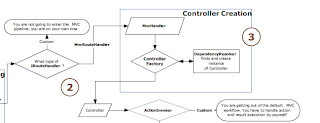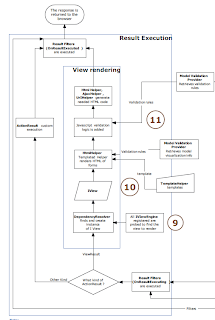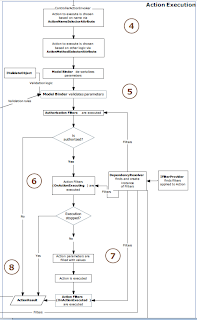When working Owin authentication you must face following problems.
Check if your IIS application pool is in Integrated mode. Note: Running of an OWIN middleware is supported only on IIS Integrated pipeline. Classic pool is not supported.
Check if you have Microsoft.Owin.Host.SystemWeb Nuget package installed. This package is required for the OWIN startup class detection.
If your Startup class is still not detected in IIS, try it again by clearing the ASP.net temporary files.
Sometimes Owin works well with VS IISexpress .
<
appSettings>
<
add key="owin:AppStartup" value="[AssemblyNamespace].Startup,[AssemblyName]" />
</
appSettings>
appSettings>
add key="owin:AppStartup" value="[AssemblyNamespace].Startup,[AssemblyName]" />
appSettings>





